|
PAMA-FlightSafety (HawkerBeechcraft)
Grand Tour - Jan 19, 2010
(CLICK ON PHOTOS TO ENLARGE)
|
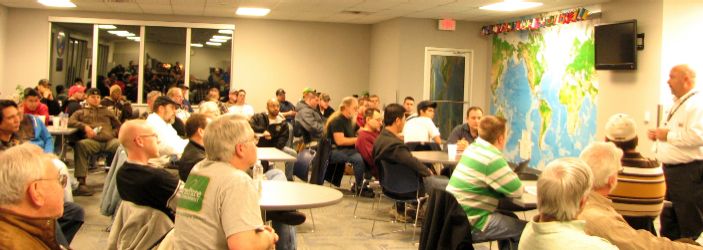
The Wichita Chapter of the
Professional Aviation Maintenance Assn. (PAMA), was generously invited by
FlightSafety International (FSI) to tour their new
Hawker-Beechcraft Maintenance Training Center, adjacent to Beech Airport -- and sample a bit of their instructional offerings.
PAMA techs got to see the latest in aerospace training, for some of the most advanced aircraft flying today.
|
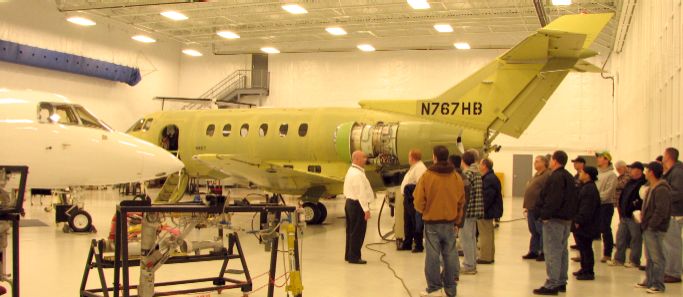 ABOVE: A tour of FSI's huge hangar, with multimillion-dollar Hawker bizjets and a Beech commuter airliner donated by Hawker-Beechcraft, as "project aircraft" for students to work with. For student exercises, test stands scattered around the room hold working aircraft subsystems.
ABOVE: A tour of FSI's huge hangar, with multimillion-dollar Hawker bizjets and a Beech commuter airliner donated by Hawker-Beechcraft, as "project aircraft" for students to work with. For student exercises, test stands scattered around the room hold working aircraft subsystems.
|
RIGHT: Classroom briefing on the Beech Starship, the first FAA-certified all-composite (carbon fiber) aircraft.
Beech's birthing struggles with the Starship gave them a huge lead in composite aircraft manfacturing.
|

Dynamic engine displays allow the instructor to demonstrate the movement of controls, and have the resulting systems behavior appear in the video depictions of the engine and guages.
|
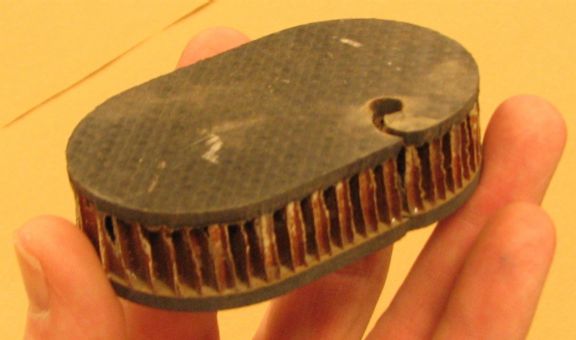 ABOVE: The magic ingredient in the latest Beech and Hawker designs - a honeycomb of phenol-impregnated paper, sandwiched between two multi-layered skins of carbon-graphite cloth, impregnated with chemical resin. The result is as strong as aluminum, at a fraction of the weight.
ABOVE: The magic ingredient in the latest Beech and Hawker designs - a honeycomb of phenol-impregnated paper, sandwiched between two multi-layered skins of carbon-graphite cloth, impregnated with chemical resin. The result is as strong as aluminum, at a fraction of the weight.
|
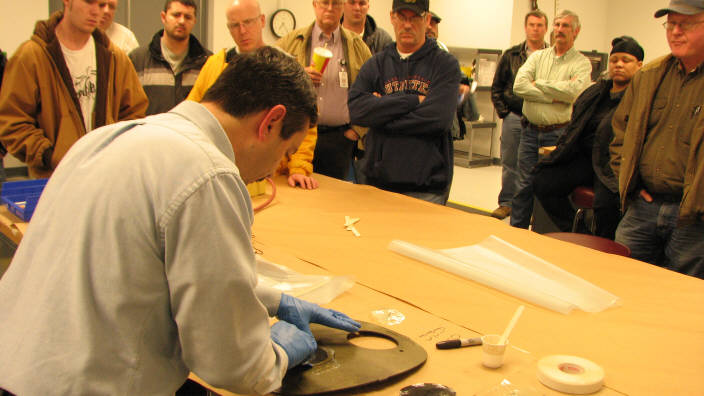
ABOVE: FSI instructor Jim Vann shows how to patch a hole in composites -- a tricky, delicate business, requiring a healthy respect for safety (toxic dust and chemicals), and a scrupulous attention to detail, procedures, and timing (the stuff dries fast).
|
"FLYING" THE
"WORLD'S MOST ADVANCED BIZJET"

|
|
|
ABOVE: A special treat: We got to sample FSI's jet and turboprop cockpit simulators. Using the latest "touch-screen" technology, most of the controls are simulated by images on the "MATRIX" screens, which are activated by the students' touch.
I tried the sim for the "world's most advanced busines jet," the Hawker 4000 (born "Hawker Horizon"), shown below.

Years ago, briefly, I was the first person outside of Hawker-Beech and FSI to sample the regular, actual-cockpit, full-motion Hawker Horizon simulator. But it's been years ago, and I was REALLY rusty!
After much head-scratching and educated guesswork, my "copilot" and I managed to get the 4000 "started up," and "rollin' down the road."
The representation of the glass cockpit is quite realistic, but the act of learning to "turn" a knob or "flip" a switch, by touching something on a screen, is quite unnatural and awkward, at first. The real plane (above) has real knobs and switches -- but all its instruments are glass-panel "EFIS" ("Electronic Flight Instrumentation System") displays, much as depicted on the MATRIX monitor screens here.
|
BELOW, RIGHT: Both engines humming, and a full panel of instruments. The black screen with blue & brown , at far left, is the "PFD" ("Primary Flight Display") indicating aircraft attitude, altitude, airspeed, compass heading, and such.
Beside it, in green and white, the "MFD" ("Multi-Function Display"), shows many things, including navigation guidance, communcations settings, and weather radar. It can also show schematic diagrams indicating the current condition of each aircraft system -- depicting fuel flows in this instance.
(A matching set of PFD/MFD screens appears on the copilot's side, though the copilot is looking at another system on his MFD).
We're each using a "drop-down menu" to change our MFD displays to other aircraft systems. My hand is barely visible in lower right corner, resting on a touchpad, which works like a computer mouse, to allow you to control the displays. Truly the bizjet for the video-game generation!
|
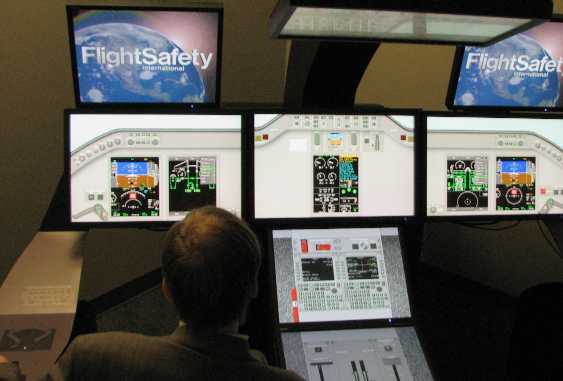
|
|
In the middle, an "EICAS" display ("Engine Indicating & Crew Alerting System") substitutes for traditional engine instruments and warning lights.
The center console, between the pilots, mounts a matched pair of flight computers -- providing detailed navigation guidance (or you can program it to basically fly itself from about takeoff to about landing), and the lowest video panel contains images of throttles and other controls -- which you can actually "move" by tapping and moving your fingers over them (the real airplane, however, DOES have real throttles and controls you can grip).
Over the top of the console, facing downward, another screen holds the various controls for electrical system, fuel distribution, ice and rain protection, and other systems. Environmental controls are on the copilot's armrest.
|
|
|
|
|
|
|
|
|
 Return to
Return to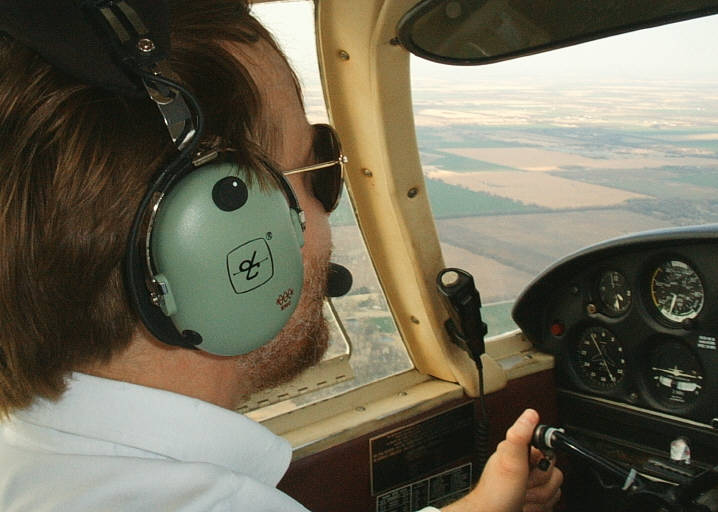
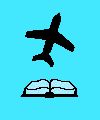 Return to
Return to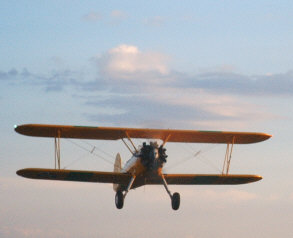
 Return to
Return to Return to
Return to